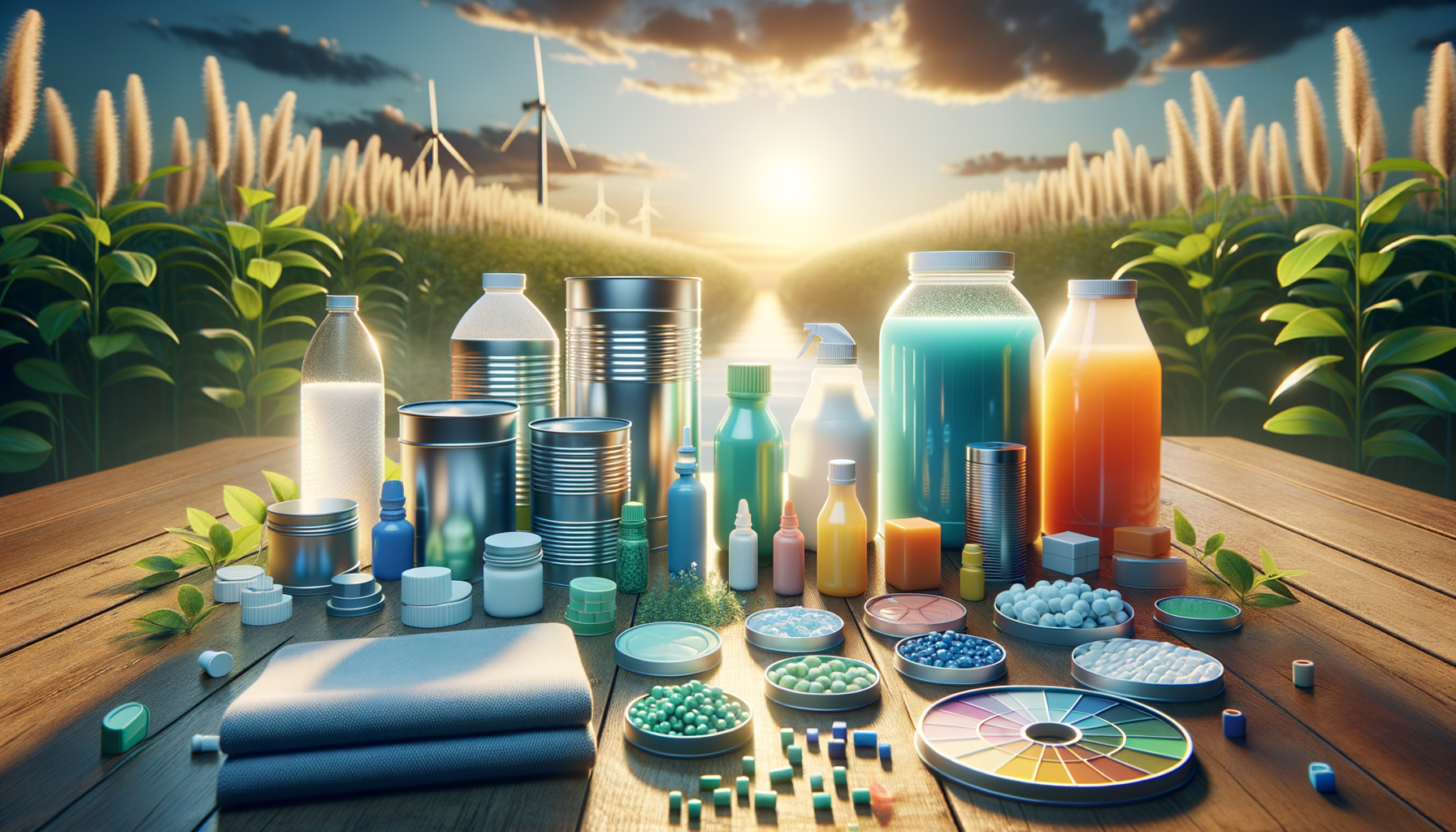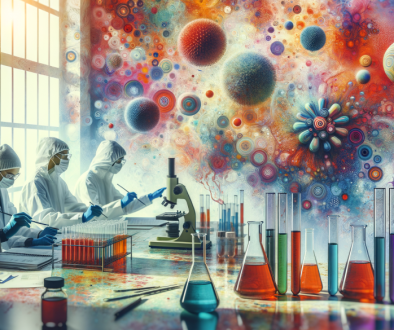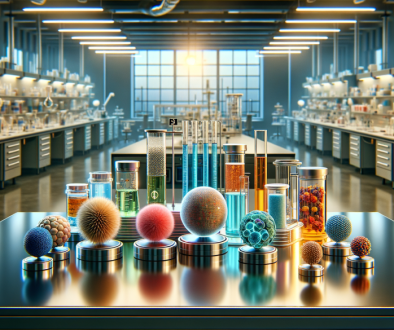Unlocking the Potential of Antimicrobial Additives: Life Materials’ Innovative Solutions
Safeguarding Food Freshness
In the ever-evolving world of food packaging, antimicrobial additives have emerged as a game-changer, ensuring that the freshness and quality of our food products are preserved for an extended period. These innovative additives, expertly crafted by Life Materials, seamlessly integrate into a wide array of film materials, including polyethylene (PE), poly(ethylene terephthalate) (PET), polypropylene (PP), and even biodegradable polymers derived from polylactic acids (PLAs).
At the heart of these antimicrobial additives lies a potent active ingredient – silver ions. These ions possess an unparalleled ability to inhibit the growth of common bacteria within the confines of the packaging, effectively prolonging the shelf life of the enclosed food products. By minimizing microbial growth, these additives not only enhance consumer satisfaction but also contribute to reducing food waste, a pressing global issue that demands immediate attention. The reduction of food waste not only addresses economic concerns but also environmental stresses, as less discarded food translates to lower greenhouse gas emissions and less strain on landfills.
Fortifying Built Environments
Extending beyond the realm of food packaging, Life Materials’ antimicrobial coatings have proven invaluable in safeguarding surfaces within the built environment. The LM-Coat™ series, a pioneering innovation, harnesses the power of core-shell particles to imbue polyurethane coatings with remarkable antimicrobial properties.
These coatings have undergone rigorous testing against a diverse array of microorganisms, including fungi, bacteria, and algae, and the results have been nothing short of remarkable. Their proven effectiveness in combating microbial growth is complemented by exceptional durability, withstanding up to 20 N load in antiscratch tests. This unparalleled combination ensures long-lasting protection for surfaces in high-traffic areas, where the risk of microbial colonization is elevated. With the ongoing threat of infectious diseases, the implementation of such coatings in schools, hospitals, and public spaces has never been more critical.
Textile Innovations for Enhanced Safety
The textile industry has undergone a transformative evolution with the introduction of antimicrobial textiles, and Life Materials has been at the forefront of this revolution. The LM-Tex™ series, a range of cutting-edge antimicrobial textile additives, has revolutionized the way we approach fabric protection.
These additives can be seamlessly integrated into the dyeing or finishing processes, ensuring that the treated textiles possess long-lasting antimicrobial properties. By inhibiting the growth of bacteria, fungi, and even viruses, these textiles provide an unparalleled level of protection across various sectors, including apparel, commercial, healthcare, and households. Such innovations not only enhance the safety of products but also foster greater consumer trust, especially in sectors like healthcare, where hygiene is paramount.
Addressing Environmental Concerns
While the efficacy of synthetic chemicals and metal nanoparticles in antimicrobial textiles is undeniable, their potential impact on the environment and human health cannot be overlooked. These substances may leach into water sources or accumulate in the soil, posing risks to aquatic life and ecosystems. Additionally, there are concerns regarding the potential for these materials to be absorbed or inhaled by humans, leading to potential health risks.
To address these valid concerns, Life Materials is at the forefront of research efforts aimed at developing sustainable and natural antimicrobial agents derived from plant sources or eco-friendly materials. These natural alternatives offer a promising solution, ensuring that the effectiveness of antimicrobial products is maintained while minimizing their environmental impact. Innovations in this realm represent not just a shift toward safer materials; they illustrate a broader industry trend of prioritizing sustainability without sacrificing performance.
Market Potential and Future Directions
The antimicrobial coatings market is poised for remarkable growth, with projections indicating a staggering valuation of $4.19 billion by 2021, accompanied by a compound annual growth rate of 12.1% from 2016 to 2021. This remarkable trajectory is driven by the increasing demand for antimicrobial materials, particularly in healthcare settings where infection control is of paramount importance. Additionally, as the awareness of hygiene and its direct correlation with health continues to rise, more industries are recognizing the value of integrating antimicrobial features into their products.
Looking ahead, the development of biodegradable polymers like cellulose presents promising opportunities for biomedical applications and sustainable means for superhydrophobic coatings. These polymers offer a myriad of advantages, including hydrophilicity, biocompatibility, biodegradability, and low cost, paving the way for a more eco-friendly future in antimicrobial materials. As research progresses, we can anticipate further innovations that will not only enhance product functionality but also prioritize ecological impact.
Conclusion
Life Materials’ antimicrobial additives have proven their significance across various industries, enhancing product durability and reducing microbial growth. From plastics and coatings to textiles, these additives have revolutionized the way we approach product safety and longevity. As we continue to embrace these innovative solutions, it is crucial to address the environmental and sustainability concerns associated with synthetic chemicals and metal nanoparticles. The development of sustainable and natural antimicrobial agents derived from plant sources or eco-friendly materials will be key to ensuring a harmonious balance between product efficacy and environmental preservation.
Sources:
.




